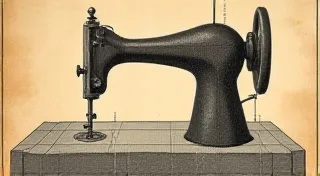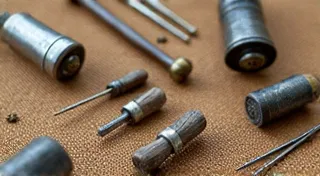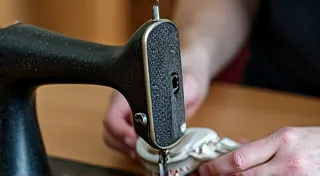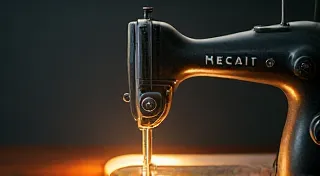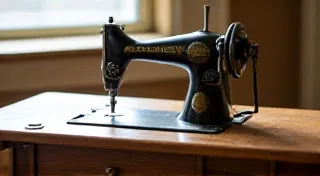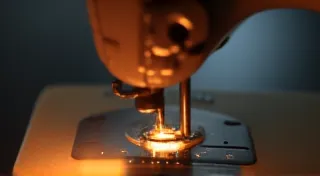Famous Collectors of Antique Sewing Machines and Their Stories
The world of collecting vintage sewing machines is more than just acquiring beautiful objects; it's about preserving history, celebrating innovation, and connecting with the skilled craftspeople who shaped the textile industry. While many passionate collectors quietly build impressive collections, a few stand out for their dedication, expertise, and the remarkable stories behind their pursuits. This article explores the journeys of some famous collectors of antique sewing machines, highlighting their passion and contributions to preserving this unique piece of industrial and domestic history.
The Early Pioneers: Building Collections in a Bygone Era
The collecting of antique sewing machines didn't begin with online auctions and specialized forums. In the early to mid-20th century, when these machines were primarily seen as obsolete relics, a handful of individuals recognized their inherent value and began rescuing them from scrap heaps and estate sales. Many were engineers and mechanics fascinated by the intricate mechanisms.
One relatively unknown but crucial figure was Robert L. Pogue. While details about his personal life are scarce, Pogue’s name is synonymous with early sewing machine collecting. He compiled and published "Sewing Machine Basics" (later revised and retitled "The Vintage Sewing Machine Series"), a multi-volume set that became *the* go-to resource for identification and basic repair information. Though the information was technically focused, it fueled a burgeoning interest in vintage machines. Pogue's work served as a practical guide for repair, but also implicitly encouraged collecting and appreciation for these machines.
The scarcity of information about early collectors is partly due to the very nature of collecting at that time. It was a solitary pursuit driven by passion, not necessarily a desire for public recognition. Many simply restored machines and used them, appreciating their durability and craftsmanship, and these machines often passed down through generations.
The Rise of the Specialized Collector: Focus and Expertise
As interest in vintage sewing machines grew, so did the level of specialization among collectors. Some focused on specific manufacturers (Singer, Wilcox & Gibbs, Davis), others on particular models (treeds, hand-crank models, early electrics), and still others on regional variations. These collectors often possessed a deep understanding of the technical innovations and design trends that characterized different eras.
Consider the collectors who focused on Wilcox & Gibbs, a company renowned for its high-end, industrial-grade machines used extensively in the garment industry. These collectors often amassed significant libraries of company catalogs, manuals, and patent records, becoming walking encyclopedias of Wilcox & Gibbs history and technology. Their dedication wasn't just about owning machines; it was about understanding the context in which they were made and used.
Similarly, collectors of Davis sewing machines, particularly those specializing in the "Little Queen" and other popular models, developed a keen eye for identifying subtle variations in design and construction. These variations often reflected changes in manufacturing processes or adaptations to specific customer needs, making identification a challenging but rewarding exercise.
The growing number of collectors led to the formation of informal groups and clubs, facilitating the sharing of knowledge and resources. These networks provided invaluable support for newcomers to the hobby and helped to foster a sense of community among enthusiasts.
The Digital Age and a New Generation of Collectors
The advent of the internet revolutionized the world of antique sewing machine collecting. Online forums, auction sites, and social media platforms provided instant access to a global marketplace of machines and a vast network of fellow enthusiasts. This digital connectivity fostered a new generation of collectors, eager to learn from the experience of established collectors and to share their own discoveries.
One notable figure in the online sewing machine collecting community is Martha Smith. Through her active participation in online forums and her willingness to share her knowledge and experience, Smith has become a respected voice in the hobby. She is known for her meticulous research, her accurate identification skills, and her generous spirit. Smith’s online presence has helped to demystify the collecting process and make it more accessible to newcomers. She exemplifies the collaborative spirit that characterizes the modern sewing machine collecting community.
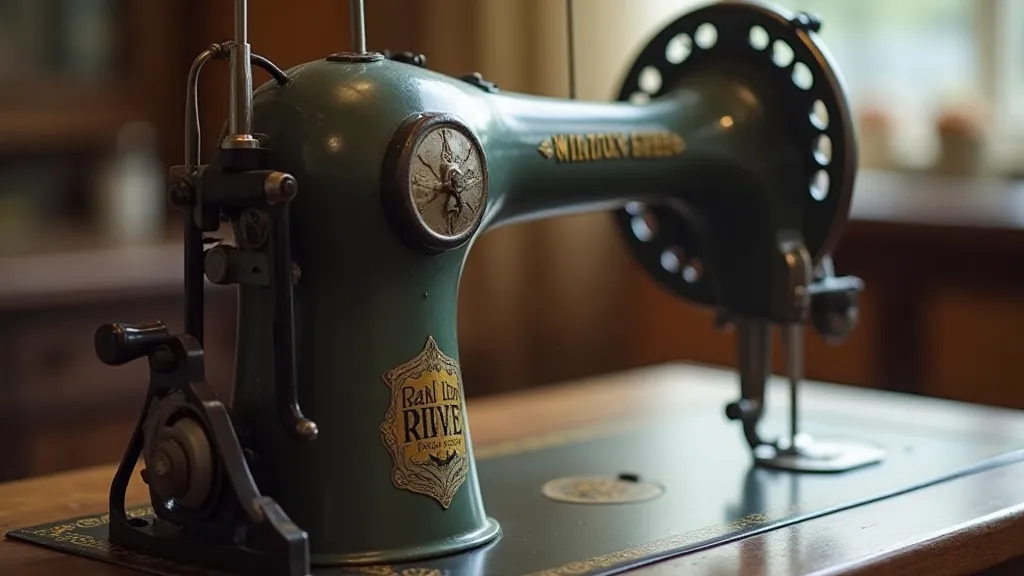
Challenges and the Future of Collecting
While the future of antique sewing machine collecting looks bright, there are also challenges. The increasing scarcity of machines in good condition, coupled with rising prices, can make collecting increasingly expensive. Furthermore, the knowledge and skills required for restoration and repair are becoming increasingly rare. While many collectors are eager to share their expertise, the transmission of this knowledge to the next generation remains a concern.
However, the passion and dedication of the collecting community are undeterred. New resources, such as online tutorials and repair guides, are constantly emerging, helping to empower a new wave of restorers and enthusiasts. The growing awareness of the historical and cultural significance of these machines is also contributing to their preservation.
More Than Just Machines: A Connection to History
Ultimately, collecting antique sewing machines is about more than just owning beautiful objects. It's about connecting with the history of the textile industry, appreciating the ingenuity of the inventors and engineers who created these machines, and preserving a tangible link to the past. The stories of the collectors themselves – their passion, their dedication, and their willingness to share their knowledge – are an integral part of that story.
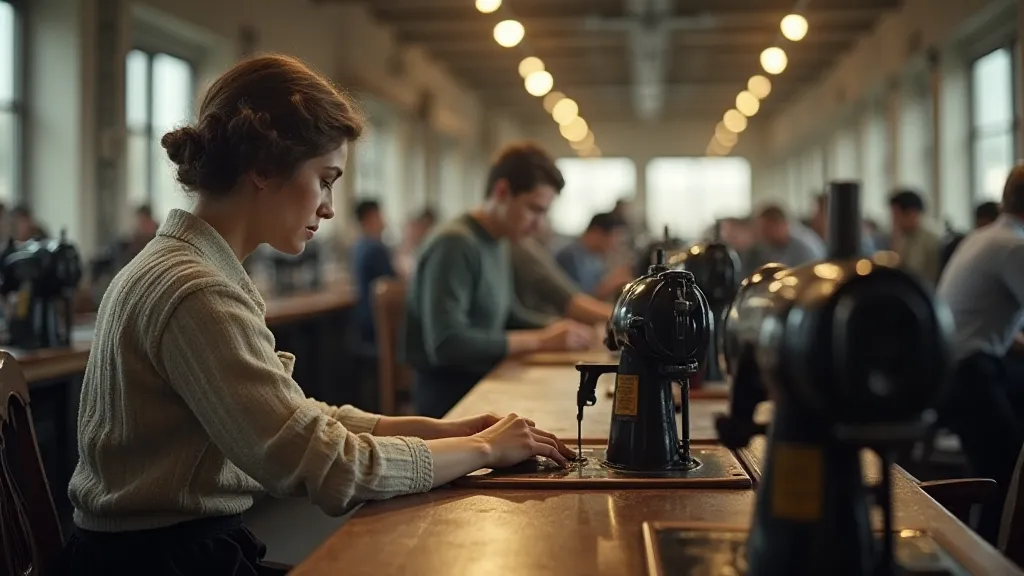
Preserving a Legacy
The efforts of these collectors, both well-known and unsung, are crucial to preserving the legacy of antique sewing machines. Their collections serve as valuable resources for historians, researchers, and anyone interested in learning more about the history of technology and the evolution of clothing production.
As the collecting community continues to evolve, it is essential to ensure that the knowledge and passion of experienced collectors are passed on to the next generation. By embracing new technologies and fostering a spirit of collaboration, we can safeguard the legacy of these remarkable machines for years to come.
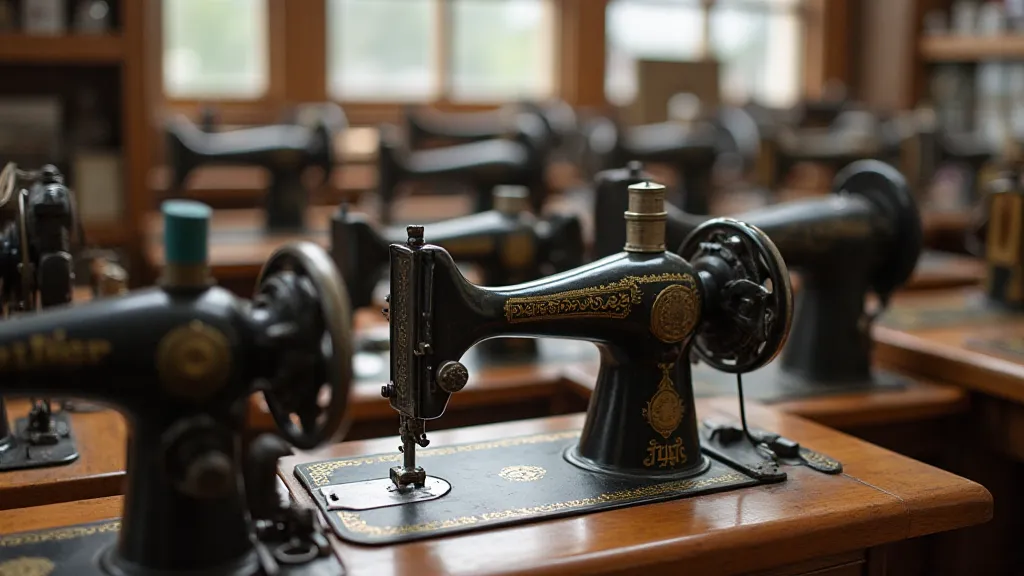
The future of antique sewing machine collecting rests not just on the acquisition of machines, but on the perpetuation of the stories behind them – the stories of the collectors, the inventors, and the countless individuals whose lives were touched by these remarkable inventions.
